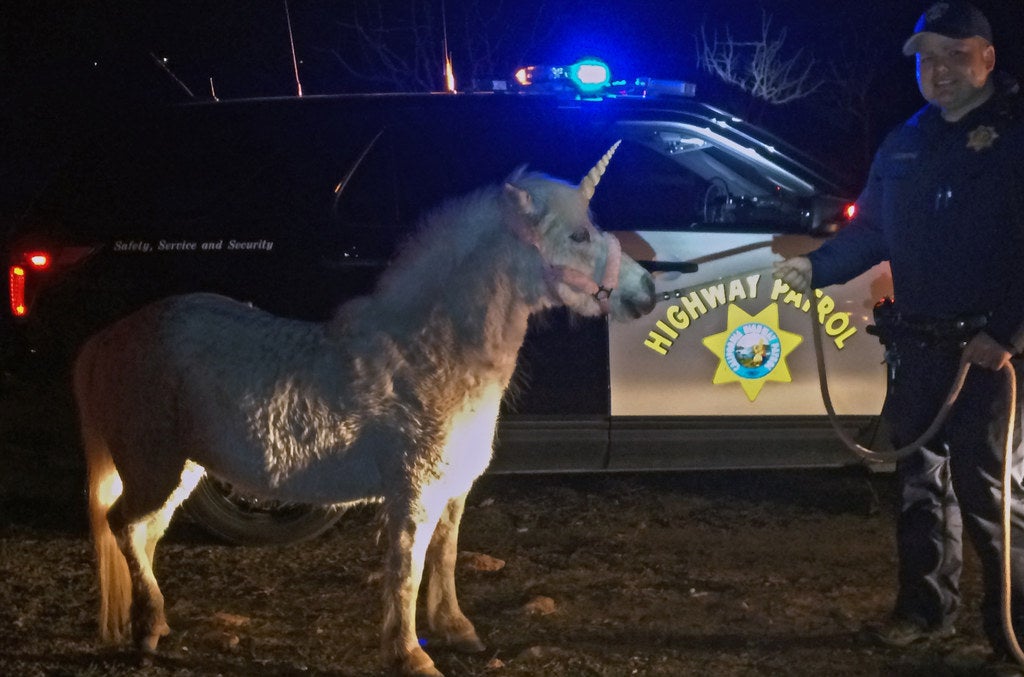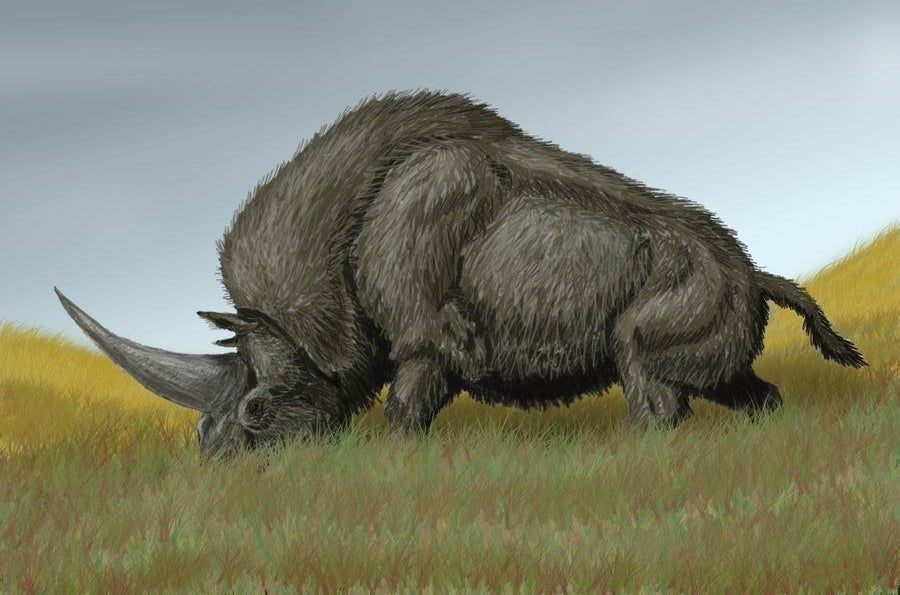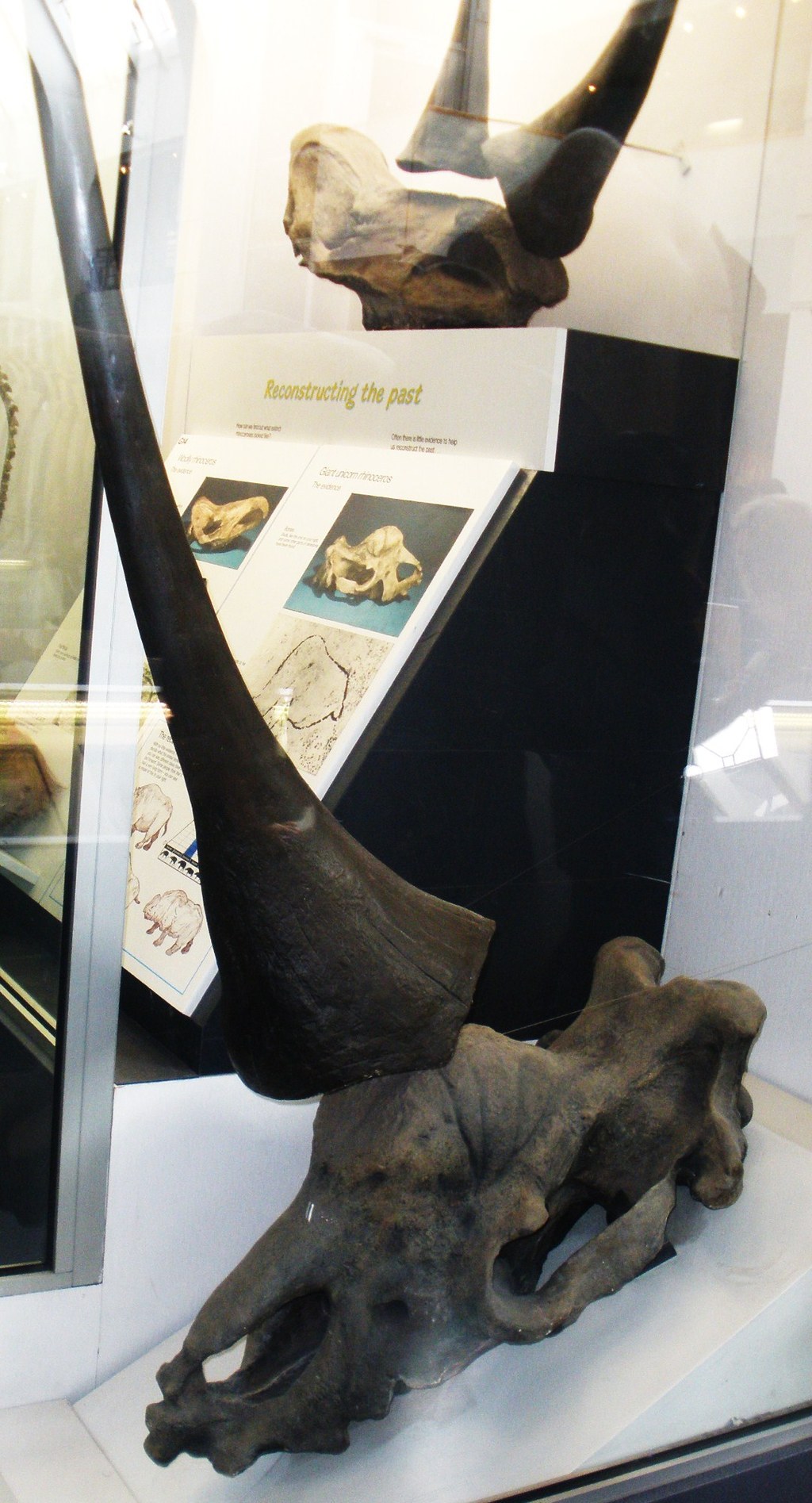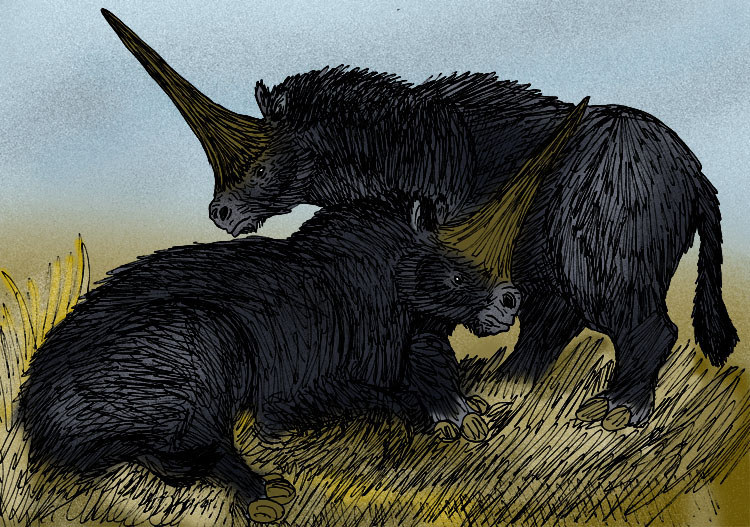A new fossil discovered in Kazakhstan confirms that a one-horned creature walked on Earth at the same time as humans, according to a study published in the American Journal of Applied Sciences.

The fossilized skull discovered by scientists reveals that the one-horned creature, known as a Siberian unicorn, last roamed the planet 29,000 years ago, at the same time as humans.


It was previously believed that the unicorn-like creature died 350,000 years ago, while humans evolved around 200,000 years ago.
The Siberian unicorn, known scientifically as Elasmotherium sibiricum, is most closely related to the rhinoceros, but its horn is thought to have been much longer — probably several feet long.

The mythical unicorn that now inspires everything in popular culture from Lisa Frank's colorful depictions to films such as the Last Unicorn first "bloomed in the medieval storytelling imagination as a Christian symbol of purity," according to Adrienne Mayor, a Classics and History of Science scholar at Stanford University.
Mayor told BuzzFeed News that in the Middle Ages the single tusks of narwhals were displayed as evidence for unicorn horns with magical powers. In the late 1600s, a woolly mammoth tusk was discovered in a cave in Germany that again people claimed to be of a unicorn.
There's no evidence that the Siberian unicorn had magic powers, but it was clearly a powerful creature. It stood 6½ feet tall, was 15 feet long, and weighed 4 tons.

